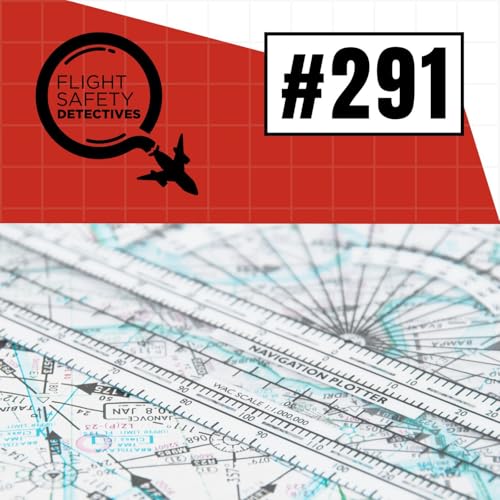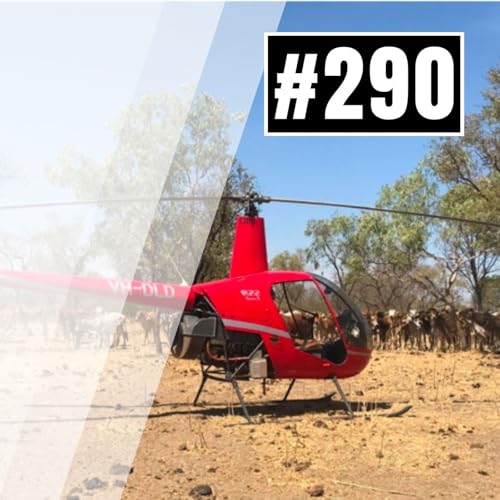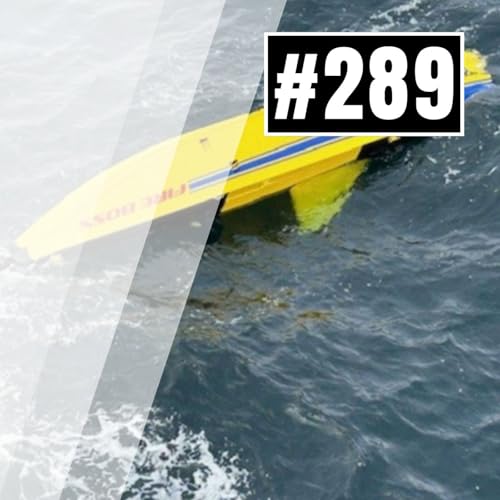The investigation continues into two unusual high-altitude encounters initially described as unmanned aircraft systems (UAS) or drone sightings. Information gathered since the Flight Safety Detectives’ first look at this incident has made these strange events seem like unidentified anomalous phenomena (UAP) incidents.
In December 2024, a Delta 767 crew reported being shadowed for over an hour at 34,000 feet by multiple flashing red-and-white aircraft over New Mexico and Arizona—well above legal drone limits and invisible to ATC radar. FAA records later indicated four objects maneuvering close to the jet, one within 1,000 feet.
Shortly after, a United 787 at 27,000 feet had a brief, separate encounter with a similar object. FOIA requests revealed details that made these cases more consistent with UAP (Unidentified Anomalous Phenomena) than drones, given their altitude, endurance, and performance.
Greg Feith, John Goglia, and Todd Curtis discuss aviation safety concerns, the FAA’s lack of a dedicated UAP reporting system, and the stigma pilots face in reporting such events. Todd plans to mine FAA drone-incident data and Mandatory Occurrence Reports to identify other likely UAP encounters.
Don’t miss what’s to come from the Flight Safety Detectives - subscribe to the Flight Safety Detectives YouTube channel, listen at your favorite podcast service and visit the Flight Safety Detectives website.
Want to go deeper with the Flight Safety Detectives? Join our YouTube Membership program for exclusive perks like members-only live streams and Q&As and early access to episodes. Your membership support directly helps John, Greg and Todd to deliver expert insights into aviation safety.
Interested in partnering with us? Sponsorship opportunities are available—brand mentions, episode integrations, and dedicated segments are just a few of the options. Flight Safety Detectives offers a direct connection with an engaged audience passionate about aviation and safety. Reach out to fsdsponsors@gmail.com.
Music: “Inspirational Sports” license ASLC-22B89B29-052322DDB8
Hosted by Simplecast, an AdsWizz company. See pcm.adswizz.com for information about our collection and use of personal data for advertising.
 32 minutos
32 minutos 23 minutos
23 minutos Sep 17 202534 minutos
Sep 17 202534 minutos 36 minutos
36 minutos 35 minutos
35 minutos 26 minutos
26 minutos 46 minutos
46 minutos 57 minutos
57 minutos
